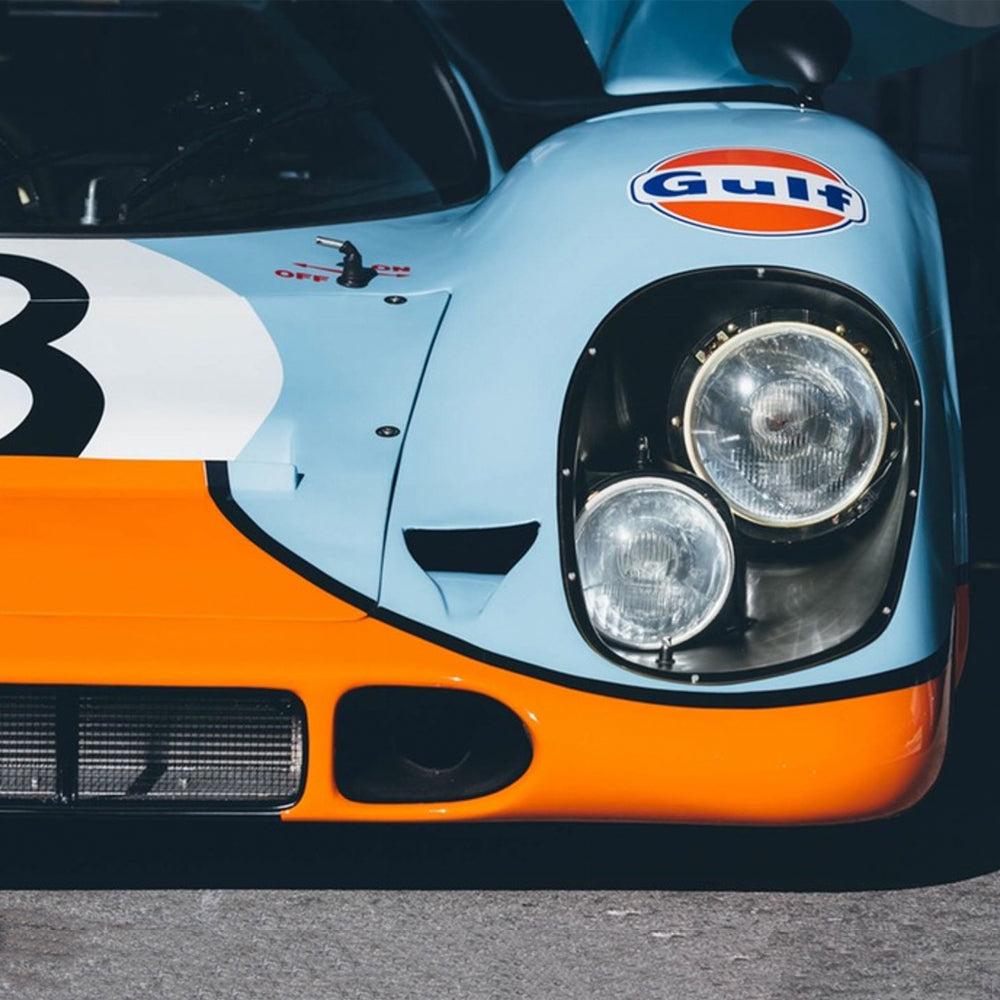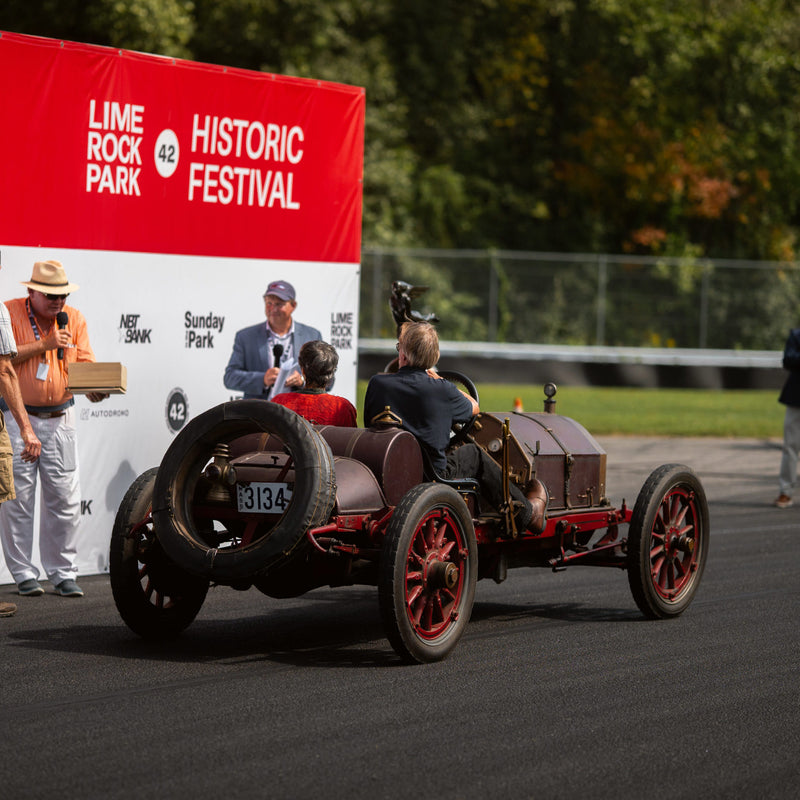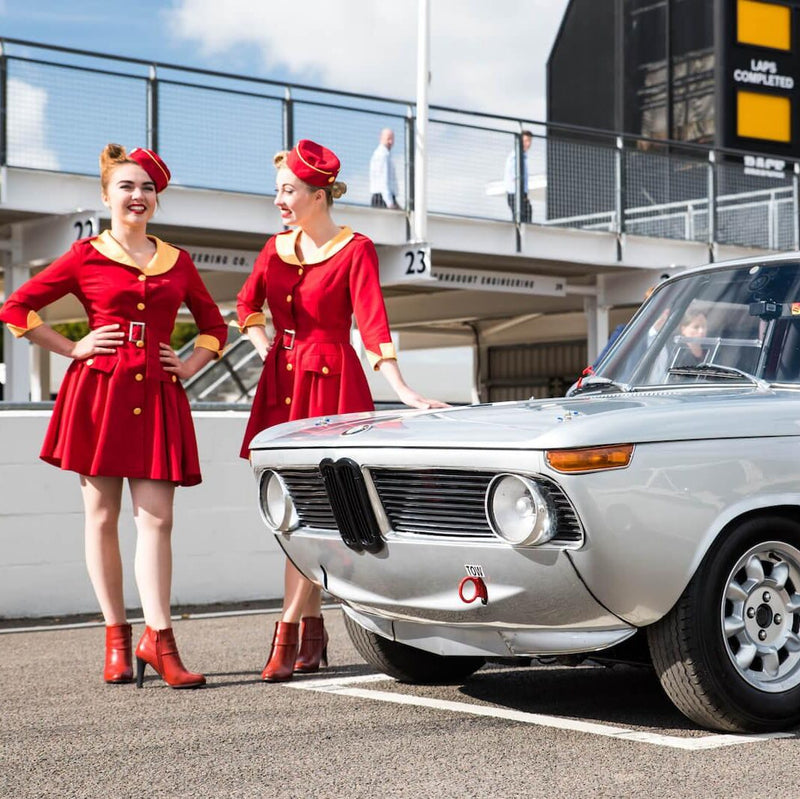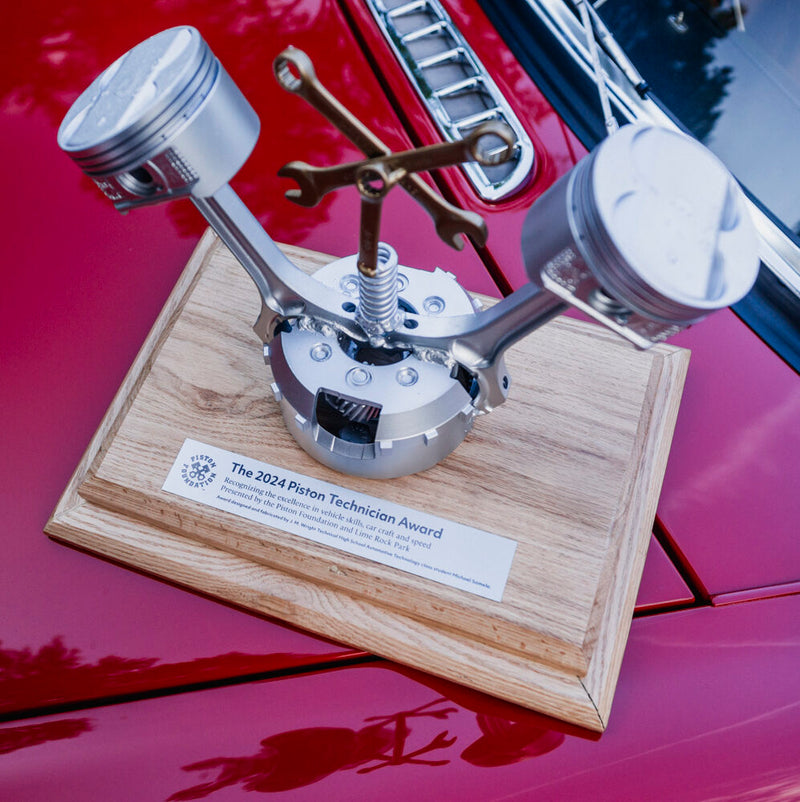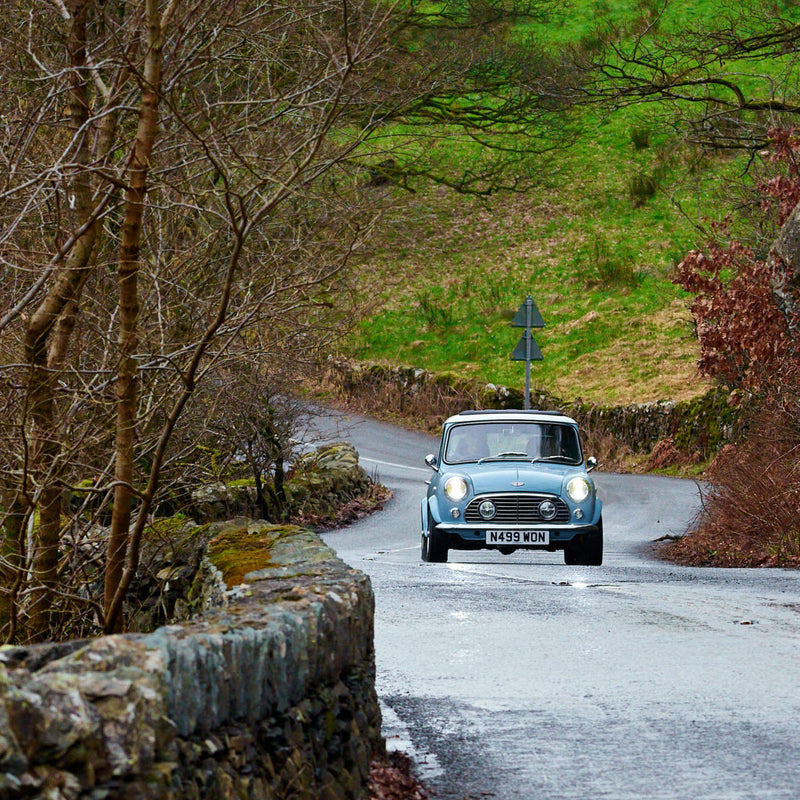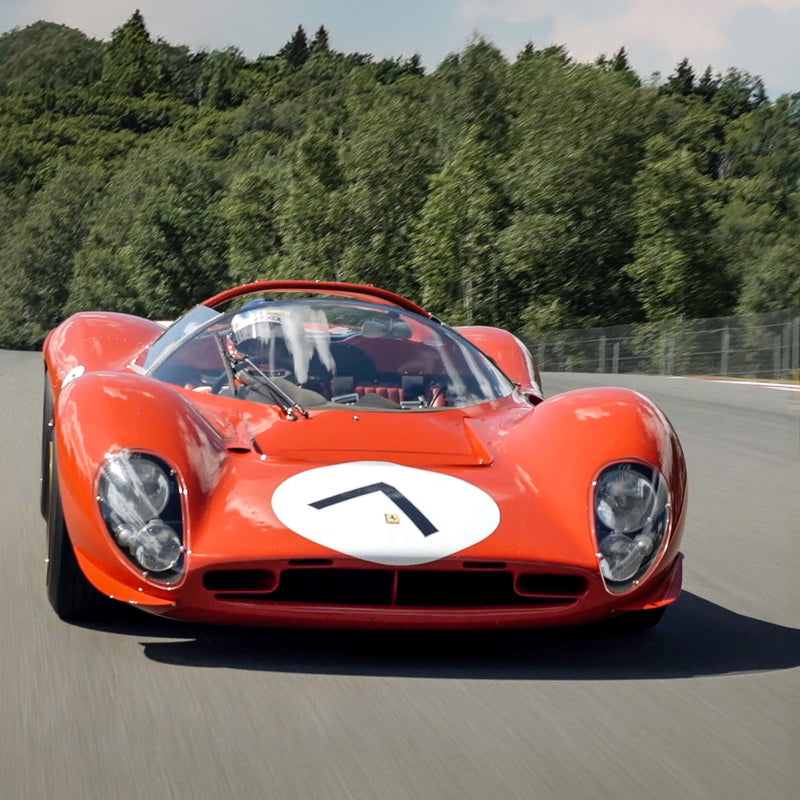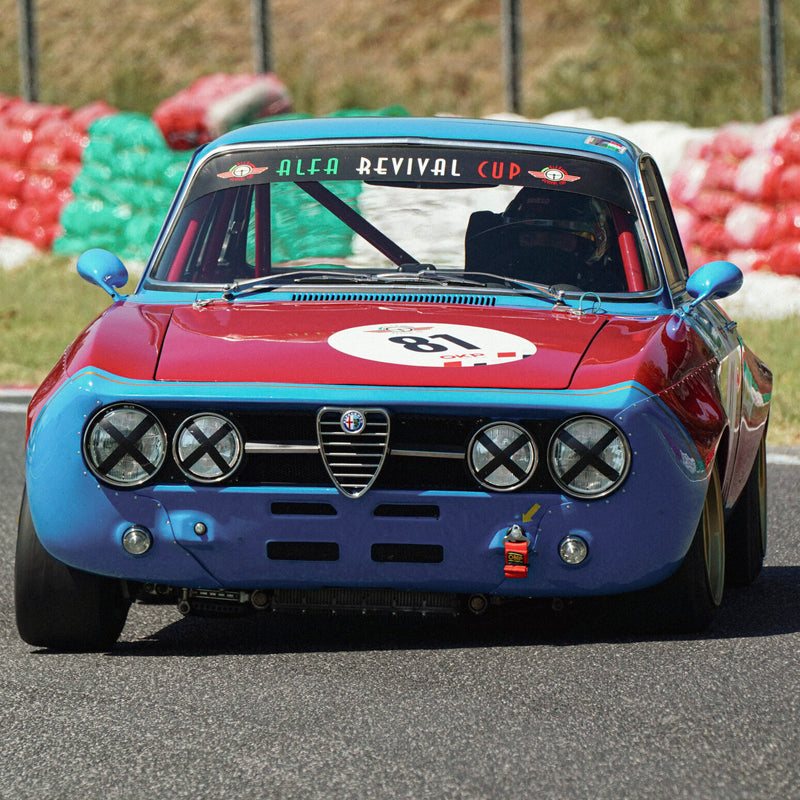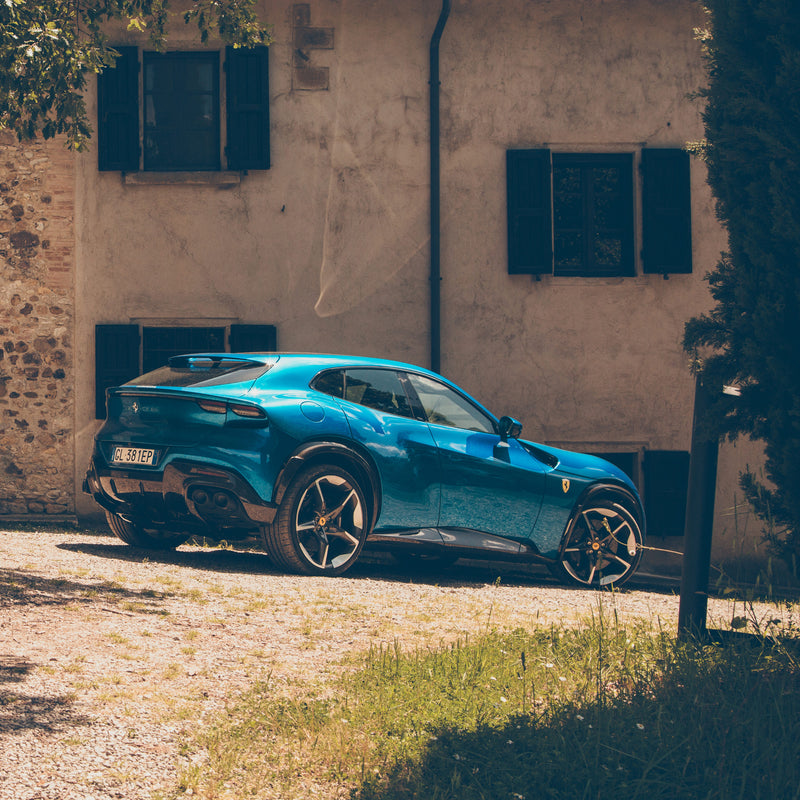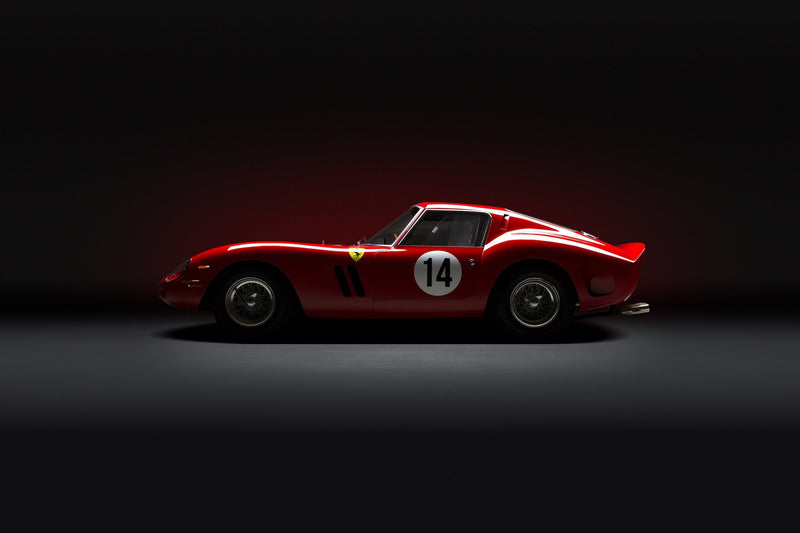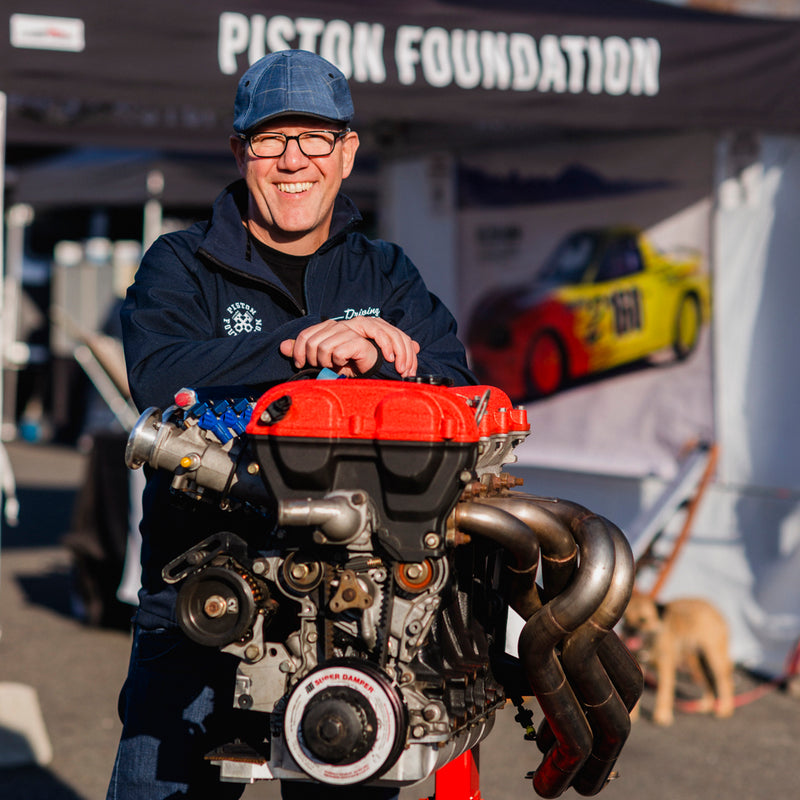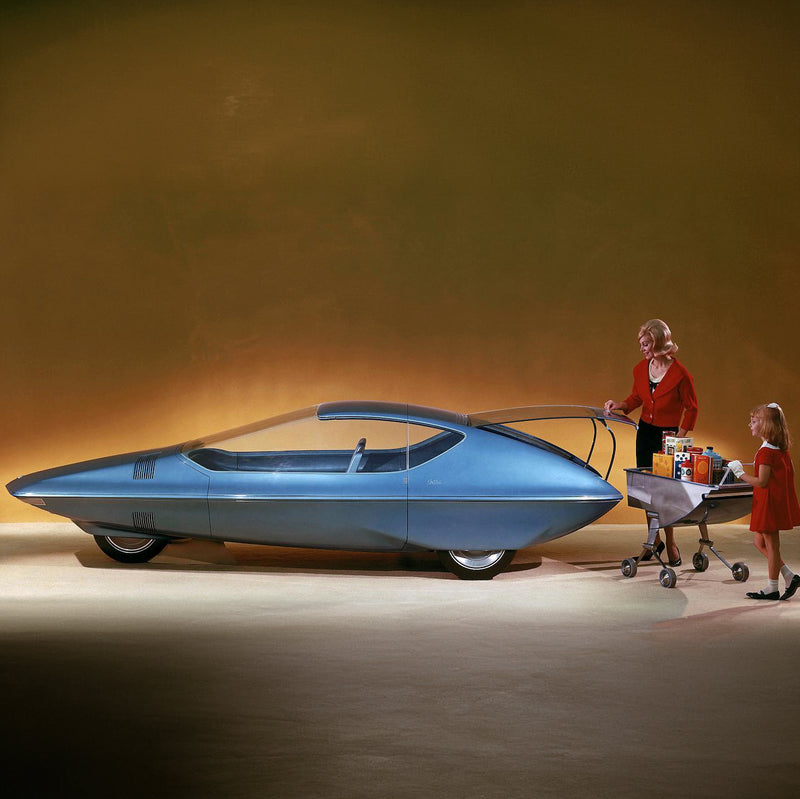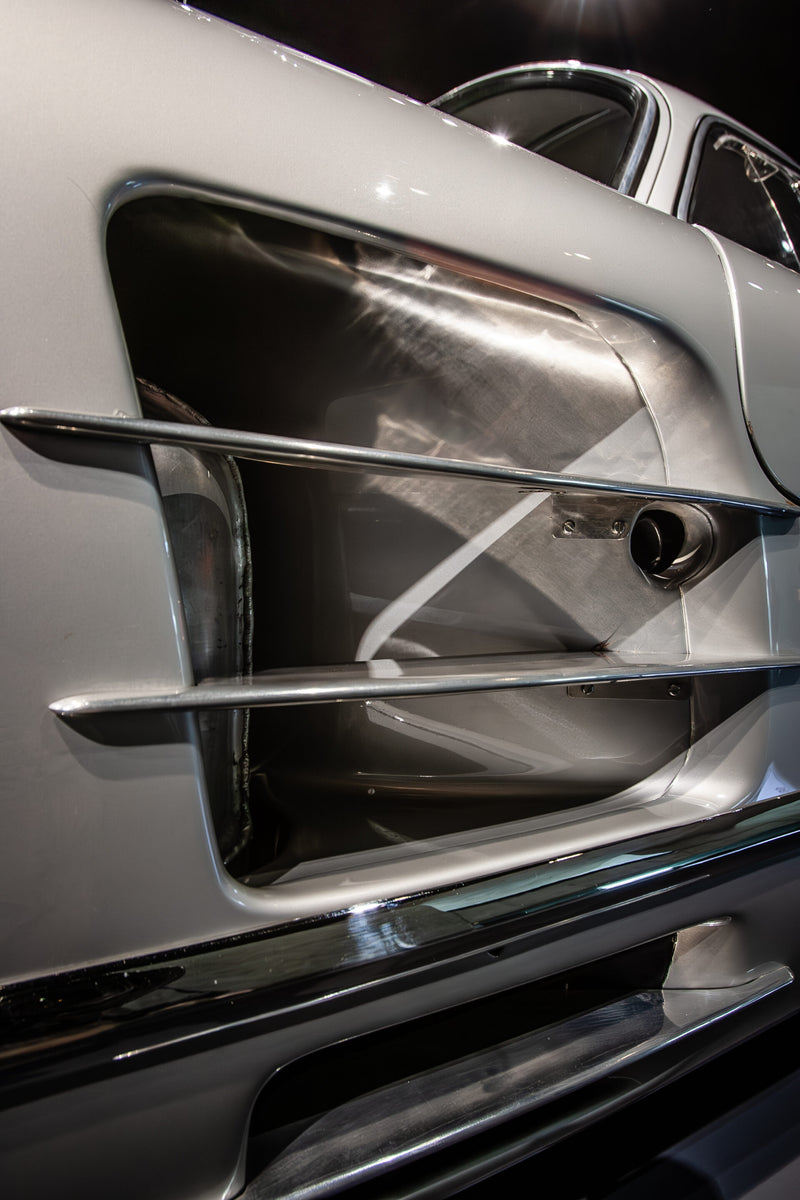I couldn’t hold off any longer: while I’ve aimed to feature the lesser-known, though equally attractive, racing liveries of all types of race cars and teams, it’s time to cover the most famous (or obvious) iconic racing livery of them all, and one that's become a fixture in my own artwork: Gulf Racing!
Gulf Oil’s association with motor racing goes way back to the 1930s, however it wasn’t until the late ’60s that the world first laid eyes on the perfectly partnered baby blue and orange colors. Those early days, from ’66 onward, really were the golden age of sports car racing that owed a lot to sexy endurance racing cars dressed in what are now immensely famous racing colors. Does the Porsche 917 look as sweet without orange and blue paint?



As beautifully simple as the car and livery design is, you’d be forgiven in getting a little confused as to defining each of the many versions the livery came in. Although generally based around the single centre strip of orange—with the oh-so-necessary black outline—the easiest way, I found, was to watch Steve McQueen’s film Le Mans again. It won’t take you long to notice just how much they actually differ, and this is all credit to the designers playing with the concept just enough to keep them all fresh…and to keep us anoraks satisfied.
There is another huge advantage that Gulf Racing has over the other most iconic liveries I’ve featured, and that is its choice of cars on which to sponsor. A few years back, Top Gear posed the question: “Which car manufacturer currently has the best-looking range of cars for sale?” This included the entire range of cars a brand produced, therefore knocked many obvious choices off the table. But not Gulf Racing.
Every other great livery has, in its time, come out with a best forgotten example, mainly due to the fact the car it was emblazoned on, suffered greatly at the hand of the ugly stick. Even Martini falls down in this respect, but with Gulf, well it hasn’t really painted an ugly one yet.




The list is mostly as follows: Ford GT40, Porsche 917, McLaren M20 Can-Am, McLaren F1 GTR, Aston Martin Vantage, and Audi R8 (there are few others, but they featured different colors and design). On that note, most of the modern interpretations aren’t as impactful. With the use of a darker metallic blue and less and less orange, I’m afraid to say in recent times Gulf Racing colors strayed too far.
Still, you’d be hard pressed to pick a bad one, but this is where my issue with the Gulf colors turns to off-track versions. We’ve all been witness to a shoddy, badly-made Ford GT40 replica being shown at a small car show, or a knackered Gulf-colored Porsche 914 at a track day. As with all classic design, as soon as it’s mass-popularised and replicated on everything, the original becomes tarnished by that dreaded term: “overused”.
Before I’m accused of being a hypocrite though—for I, too, have based many art works on the Gulf colors—I have done my best to stay true to the beauty and simplicity of the original design.
As soon as you’re fortunate to see an official, original, Gulf Racing car in the flesh, all those poor, poor cousins are immediately forgotten, and you find yourself reminded just why Gulf Racing colors are rightfully the number one choice with so many racing fans.
Joel Clark's art is proudly offered through the Petrolicious Shop, with Gulf Racing-inspired pieces and several other icons rendered in his stunningly vibrant and unique vinyl livery-based creative process.











